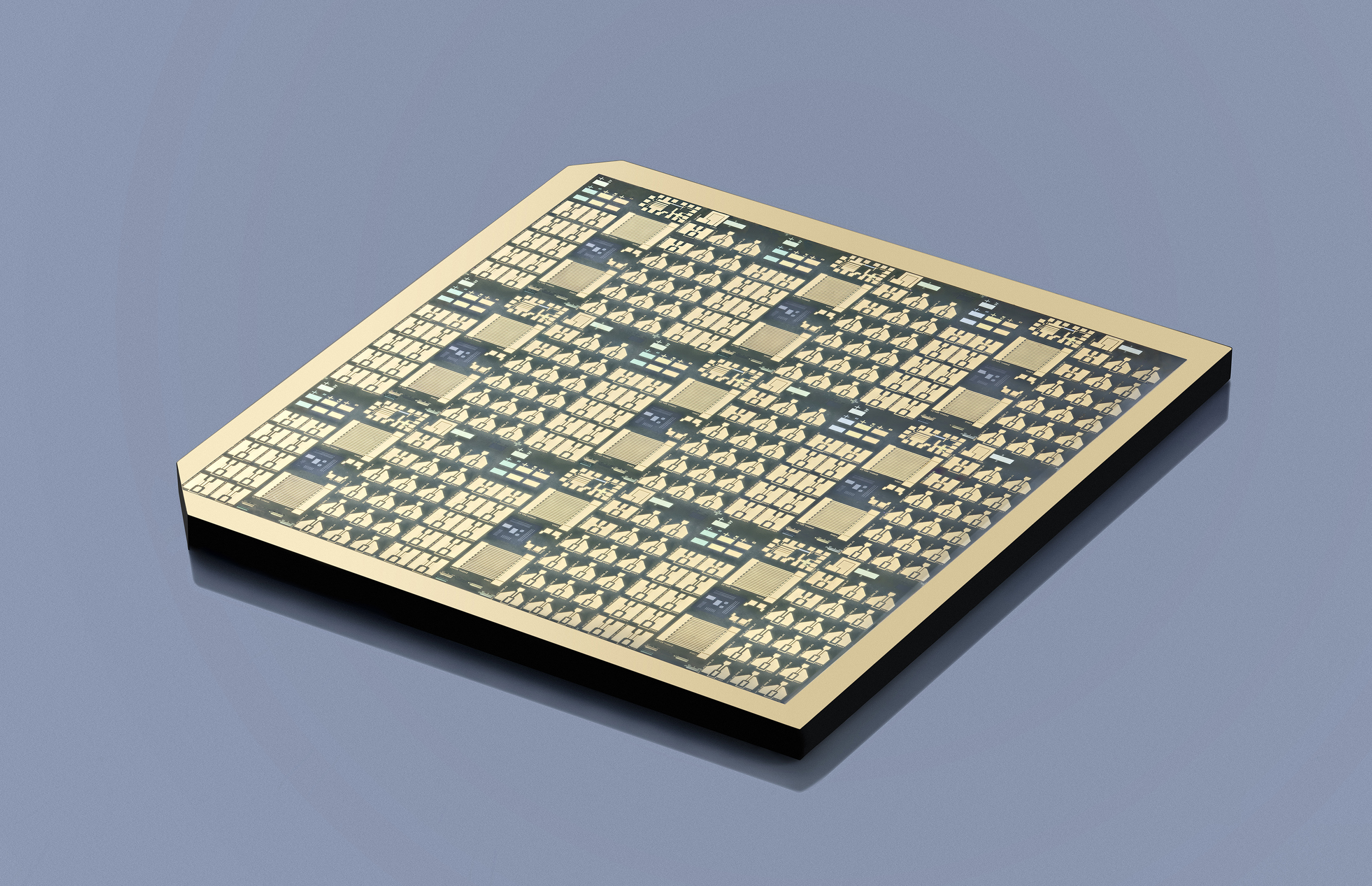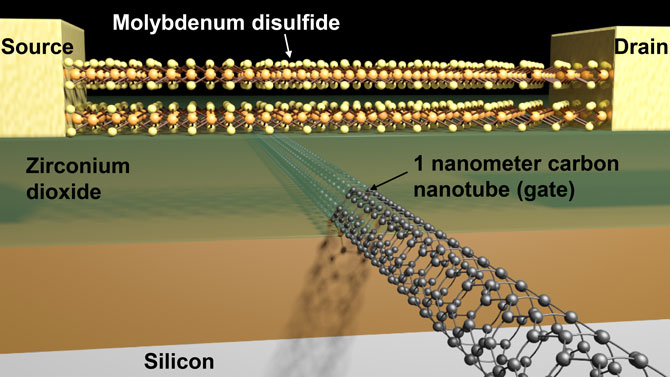
Energy-efficient power electronics – gallium oxide power transistors with record values
gallium oxide chip, transistor structures and for measurement purposes, processed at Ferdinand-Braun-Institut, Berlin, using projection lithography
The Ferdinand Braun Institute for Highest Frequency Technology (FBH) in Berlin has achieved a breakthrough with transistors based on gallium oxide (ß-Ga2O3).
The ß-Ga2O3 gallium oxide MOSFETs developed by FBH scientists provide a high breakdown voltage with high current conductivity. With a breakdown voltage of 1.8KV and a record power density of 155 megawatts per square centimetre, they achieve worldwide unique characteristics close to the theoretical material limit of gallium oxide. At the same time, the breakthrough field strengths achieved are far above those of established wide band gap semiconductors such as silicon carbide (SiC) or gallium nitride (GaN).
In order to achieve these improvements, the FBH team started with the layer structure and the gate topology. The basis was provided by substrates from the Leibniz Institute for Crystal Growth (IKZ) with an optimized epitaxial layer structure. This reduced the defect density and improved the electrical properties. This leads to lower resistances in the switched-on state. The gate is the central “switching point” for field effect transistors, which is controlled by the gate source voltage. Its topology has been further developed to reduce the high field strengths at the gate edge. This in turn leads to higher breakdown voltages.
More information: https://www.fbh-berlin.com/

















